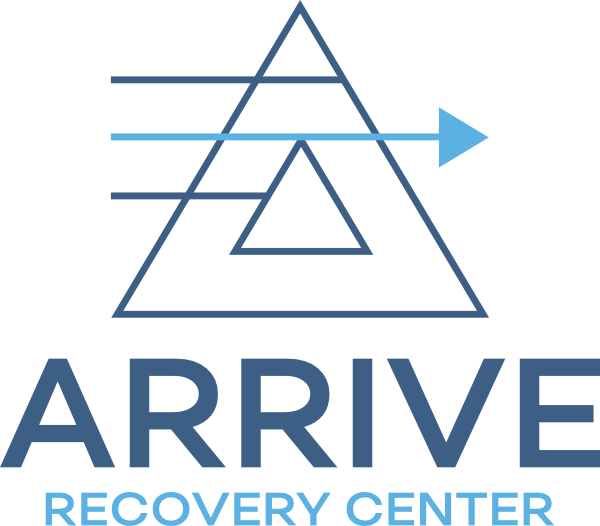What to Look for in a Thousand Oaks, CA Recovery Center
According to one study, an estimated 22.3 million Americans live in recovery after struggling with some form of substance use disorder. That’s around 9% of the country’s population.
Are you ready to take that next step and seek recovery for yourself or a loved one? If you live in or around Thousand Oaks, CA, you have a few different options to consider.
Finding the right match can make a major difference in your recovery journey. Today, we’re sharing how to find the best Thousand Oaks CA recovery center for your needs.
Inpatient vs. Outpatient Approach
As you’re comparing different treatment programs, of the most important elements to consider is whether the facility operates on an inpatient or outpatient basis. Some centers will offer both options, while others specialize in one.
Inpatient treatments are typically performed in a hospital or professional health clinic. They help support individuals who require around-the-clock monitoring by a team of clinicians (e.g. doctors, nurses). Outpatient treatments are equally focused on rehab and recovery, but after the treatment is completed for the day, the individual is allowed to return home or to another location separate from the center.
At Arrive Recovery Center, we offer outpatient drug and alcohol treatment. We help individuals recover at their own pace, providing the full spectrum of outpatient addiction treatment solutions, including an Intensive Outpatient Program (IOP). An IOP requires around nine hours of commitment each week, and provides a comprehensive approach to treatment, offering services such as:
- Addiction education
- Group therapy sessions
- Relapse prevention classes
As you progress in your recovery journey, we’ll help you gradually adjust your level of care. A major benefit of attending an outpatient treatment program is the flexibility it offers. Living at home allows you to continue your professional and personal duties while still seeking the recovery support you need.
Different Services Offered
As you check out different recovery centers around Thousand Oaks, ask about the different levels of care and types of addiction treatment services each one offers. Most will provide a range of different options, designed to meet individuals exactly where they are in their recovery journey.
Our team at Arrive Recovery Center offers three different levels of care. In addition to IOP, this also includes our Partial Hospitalization Program (PHP) and Outpatient Program (OP). The different services we can provide include:
- Individual therapy
- Group therapy
- Psychiatric interventions for dual diagnoses
- Case management
These services are designed to provide a comprehensive approach to recovery. From initial detox support through residential and Sober Living housing, we’re here to help individuals take the next step in their journey, no matter where they’re starting.
Team Credentials and Experience
The team you select to lead you through your addiction treatment matters. This is one of the most important and transformative journies of your life, and it’s critical to make sure you’re surrounded by the right people.
Before choosing a recovery center, take the time to learn as much as possible about the individuals who will be supporting you through the process. Learn about their experience and credentials in the field, as well as how long they’ve been working in their current capacity.
In addition to professional accolades, it’s equally important to consider how the team makes you feel. From the moment you make that first phone call or walk through the doors of the center, you should feel comfortable and respected at every turn.
Long-Term Sobriety Support
Recovering from drug addiction and alcoholism requires more than a single treatment session. You need a recovery center that focuses on your whole health and offers resources to support your long-term sobriety.
Ask each prospective center to explain their approach to this process. What plans and tools do they have in place to help patients as they transition from an intensive treatment plan back into their home environment full-time?
Arrive Recovery Center recognizes and understands the need for this type of support. We know that not only can a lack of long-term care and attention be discouraging, but it can even cause some individuals to relapse. This is why we offer Sober Living resources to help our patients through this shift.
Through our Sober Living program, we provide substance-free housing for individuals who are currently pursuing outpatient treatment. This program also supports patients who recently completed a treatment program and are now ready to enter into the next phase of their recovery.
A few of the benefits that Sober Living provides include:
- No substance-related temptations or triggers
- Opportunities for peer support and connection
- Resident accountability
- Structure, order, and discipline to ensure safety
- Space to learn and practice coping, communication, and relapse prevention skills
As they participate in our Sober Living program, residents are also expected to complete a 12-step program or an alternative recovery plan. This helps reinforce the tenets of our program and helps reduce the risk of relapse.
If you’re reviewing different recovery centers in Thousand Oaks, check to see what types of transitional housing or Sober Living resources the facility can offer.
Learn About Our Thousand Oaks CA Recovery Center
If you’re searching for a Thousand Oaks recovery center, we’d love to tell you more about what sets Arrive Recovery Center apart.
Through the different services and levels of care we offer, we focus on providing peace, safety, and hope to each of our patients. We know there is life beyond addiction, and we’re here to help you or your loved one find that path.
To learn more about our facility, contact us today! We’ll walk you through a confidential telephone assessment to learn more about your history and recovery needs. This next step is a transformative one, so let’s take it together.



